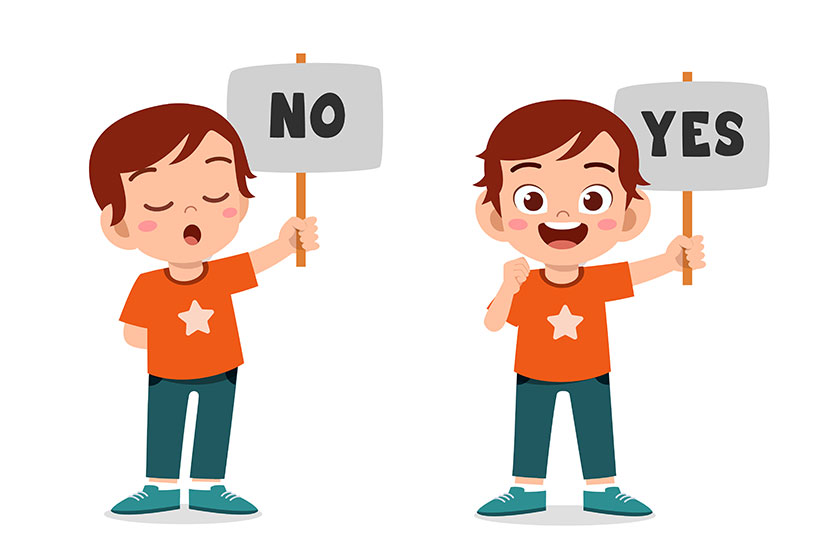As the quest for effective dementia treatment continues, one approach to gaining attention is the use of visual cards. This method, which utilizes imagery and visual aids, has shown promise in enhancing communication, memory, and emotional well-being in individuals living with dementia. This article delves into the practical applications, benefits, and considerations of using visual cards in dementia treatment, providing valuable insights for retirees exploring treatment options for themselves or loved ones.
Understanding Dementia and Its Challenges
Dementia is a broad term that encompasses various cognitive impairments, primarily affecting memory, thinking, and social abilities. The journey of dementia treatment is not only about managing symptoms but also about improving the quality of life for those affected. Visual cards, as part of a comprehensive treatment plan, offer a unique way to bridge communication gaps and stimulate cognitive functions.
What are Visual Cards?
Visual cards are tools that use images, symbols, or simple phrases to convey messages or trigger memories. These cards can be tailored to the individual’s interests, personal history, and level of cognitive function. The flexibility and simplicity of visual cards make them an adaptable tool in dementia treatment. This tool has long been incorporated into treatment options targeting individuals with memory-related conditions like dementia.
Benefits of Using Visual Cards in Dementia Treatment
-
Enhancing Communication
One of the primary benefits of using visual cards in dementia treatment is the enhancement of communication. As verbal abilities may decline, these cards provide an alternative way for individuals to express their needs, emotions, and thoughts. This can lead to reduced frustration and a sense of empowerment for the person with dementia.
-
Stimulating Memory and Cognition
Visual cards can also serve as effective cognitive stimulants. By using familiar images or personalized content, these cards can evoke memories and encourage engagement. This stimulation is crucial in maintaining cognitive function and can also provide a sense of comfort and familiarity.
-
Emotional Connection and Engagement
Engaging with visual cards can also have emotional benefits. The process of selecting images, reminiscing, or even just viewing pleasant scenes can evoke positive emotions and reduce feelings of isolation. This aspect is especially important in dementia treatment, as emotional well-being is closely linked to overall health.
Incorporating Visual Cards into Daily Routines
-
Personalization Is Key
When using visual cards in dementia treatment, personalization is vital. Cards should reflect the individual’s history, preferences, and current cognitive abilities. This could involve using photos from their past, images of their favorite places, or symbols representing their hobbies.
-
Consistency and Routine
Incorporating visual cards into a daily routine can provide structure and familiarity. Regularly scheduled sessions with these cards can become a comforting ritual, providing stability in the midst of the often-disorienting experience of dementia.
Collaboration with Healthcare Professionals
While visual cards are a simple tool, their integration into dementia treatment should be done in collaboration with healthcare professionals. This ensures that the use of visual cards is aligned with the overall treatment plan and addresses the specific needs of the individual.
Training and Support for Caregivers
Caregivers play a crucial role in the effective use of visual cards. Training and support should be provided to equip them with the skills to use these cards effectively. This includes understanding how to choose appropriate images, how to gauge responses, and how to incorporate the cards into meaningful activities.
Measuring the Impact
Assessing the impact of visual cards on an individual’s dementia symptoms is crucial. Regular evaluations can help in understanding the effectiveness of the cards and in making necessary adjustments. Feedback from caregivers, family members, and healthcare professionals is invaluable in this process.
Challenges and Considerations
While visual cards offer many benefits, there are challenges and considerations to keep in mind. It’s important to recognize that the effectiveness of visual cards can vary from person to person. Additionally, the progression of dementia may necessitate changes in the approach and content of the visual cards used.
Visual Cards for Dementia
Visual cards represent a promising tool in the realm of dementia treatment. By facilitating communication, stimulating memory, and providing emotional support, they can significantly enhance the quality of life for individuals with dementia. As with any treatment approach, personalization, professional guidance, and regular evaluation are key to maximizing their benefits. As retirees explore options for dementia treatment, visual cards stand out as a creative and compassionate approach worth considering.







